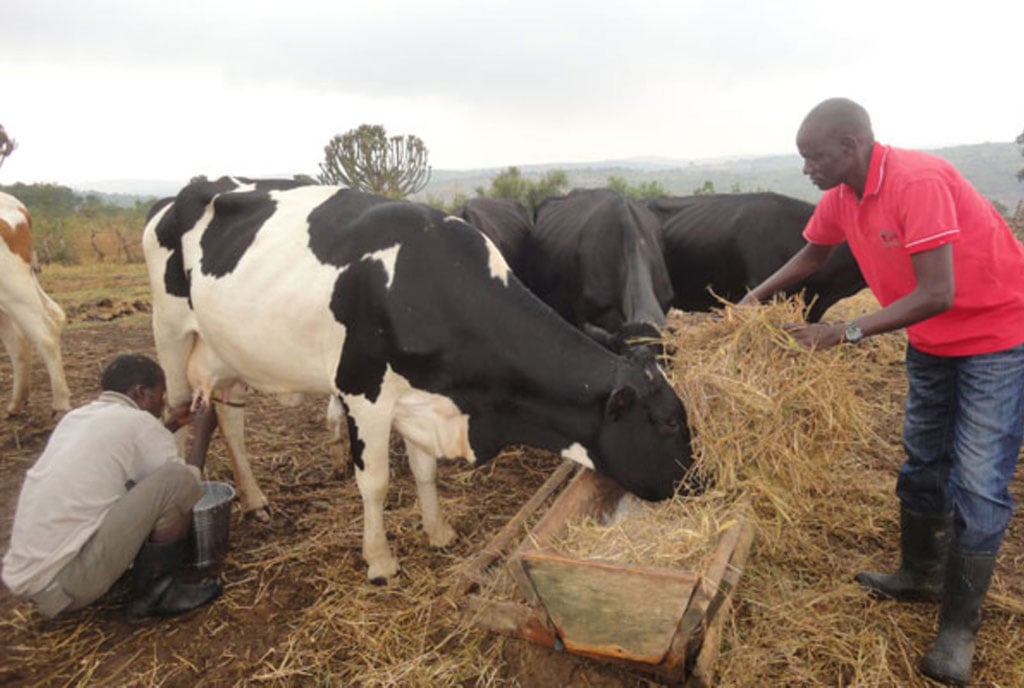To walk to or away from Luweero, that’s the question for Museveni
What you need to know:
- Infringement of rights. Someone obviously wasn’t thinking right…arresting Bobi Wine and his supporters for exercising their freedom of assembly and association, some of the things the NRA/NRM claim they went to the bush to fight for, at exactly the time when Museveni is on a pilgrim to highlight its legacy is a mega self-own.
President Yoweri Museveni is in Luweero triangle on a six-day march through the “bush”, retracing part of the routes his National Resistance Army rebels walked “to liberate Uganda.”
Museveni and the rebels eventually took power in January 1986.
They went to the bush to “liberate” Uganda from dictatorship, corruption, rigged elections, impunity, to stop leaders clinging to power forever by hook and crook, and so on. I can hear some people falling off their chairs in laughter, because the Museveni government has itself done all the above and more, but I haven’t made this up. All these are in the NRM’s now rarely-mentioned
“10 Points Programme”, referenced in the, admittedly, very readable book “What Is Africa’s Problem” by Museveni, and a series of position papers published by the rebels while they were in the bush.
As Museveni walked, Opposition MP and “People Power” flag bearer Robert Kyagulanyi (more known by his musician’s name Bobi Wine) and several of his supporters were arrested by police as they tried to hold a consultative meeting in his Kyadondo East constituency. Police broke up the meeting with teargas and live bullets.
Someone obviously wasn’t thinking right…arresting Bobi Wine and his supporters for exercising their freedom of assembly and association, some of the things the NRA/NRM claim they went to the bush to fight for, at exactly the time when Museveni is on a pilgrim to highlight its legacy is a mega self-own.
Could it be that NRA/NRM went to the bush not to liberate the country, but themselves – or indeed just one man? It might look that way, but it would be a very small part of the story, if at all.
One place to look for elements of the story is whom Museveni is walking with, and whom he isn’t walking with.
There are photos of Museveni swearing in on the steps of Parliament House on January 26, 1986.
Virtually the only two still in government are Maj Gen Kahinda Otafiire, who was recently shuffled to minister for East African Community Affairs, and Security minister Gen Elly Tumwine.
Among the people who are still alive that you will see is Museveni’s former confidante and bush physician Dr Kizza Besigye. Now Museveni nemesis and several-times-cheated presidential candidate, he’s one of the people the NRM government has specialised in tormenting.
Almost none of these people from that period are walking by Museveni. Many have died. Some have fallen out with him. Others have been marginalised. Quite a few have disgraced themselves. And there are those who have grown too fat on the fruits of the land, and cannot walk even half a kilometre.
It wasn’t always this way.
Ahead of the January 26, 1986 swearing in, a press conference was called in the President’s Office next to Parliament. It was January 24, if my memory serves me well. The NRA (later transformed into the UPDF) had effectively won the battle for Kampala on January 24, and consolidated by January 25.
There were still bodies of all sorts of people – old regime supporters, Uganda National Liberation Army (UNLA) soldiers, militias aligned to the defeated Okello Military Council, and people from the “wrong [northern] tribes” – strewn around Kampala’s streets and fields, many with their hands tied behind their backs.
Nevertheless, there was optimism. A cloud had lifted. Uganda’s nightmare seemed over.
And so, we gathered in President’s Office for the press conference. One by one, the NRA heroes walked in. Some, like Gen Mugisha Muntu and Gen Jim Muhwezi, were friends at Makerere university.
Fellows like Gen Sejusa Tinyefuza were “bigger boys”, and had been close friends with my older brothers.
We had no knowledge where they had disappeared to. Now we knew. And it all sunk in. For example, Muntu was always thoughtful, and too much of a gentle soul to go to war, but he did. It told how broken the situation in Uganda then was, and that there had to be a higher idealism that drove people like him to the bush, and that some of the NRA/NRM goals were not the empty slogans they eventually became once they were corrupted by power.
Those ideals were markers on the paths Museveni is walking. Those paths were bathed in the blood of thousands of Luweero peasants and young Ugandans who gave their lives in the quest for a free country. And the skeletons of thousands littered those bushes.
The violent repression, and crude persecution of today, wasn’t part of the deal. This is the second (or is it third?) time Museveni is doing the Luweero trek. He’s been in power for 34 years, and the time to refashion his legacy and inject back “liberation” into the NRM project is running out with each day. Hopefully some inspiration will flash across his Luweero path.
For the rest, they came, saw, conquered, then lost.
Mr Onyango-Obbo is curator of the “Wall of Great Africans” and publisher of explainer site Roguechiefs.com.
Twitter@cobbo3




